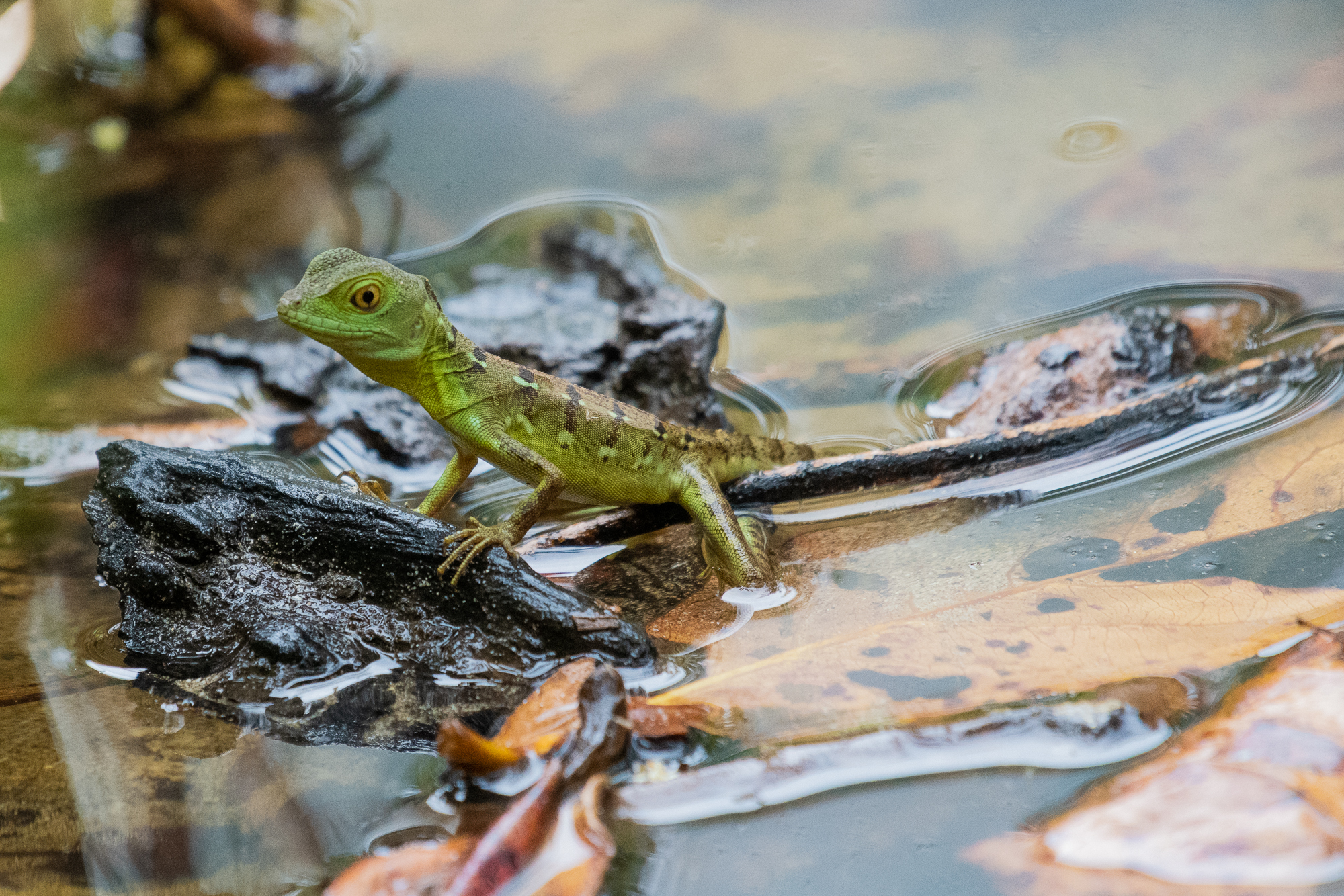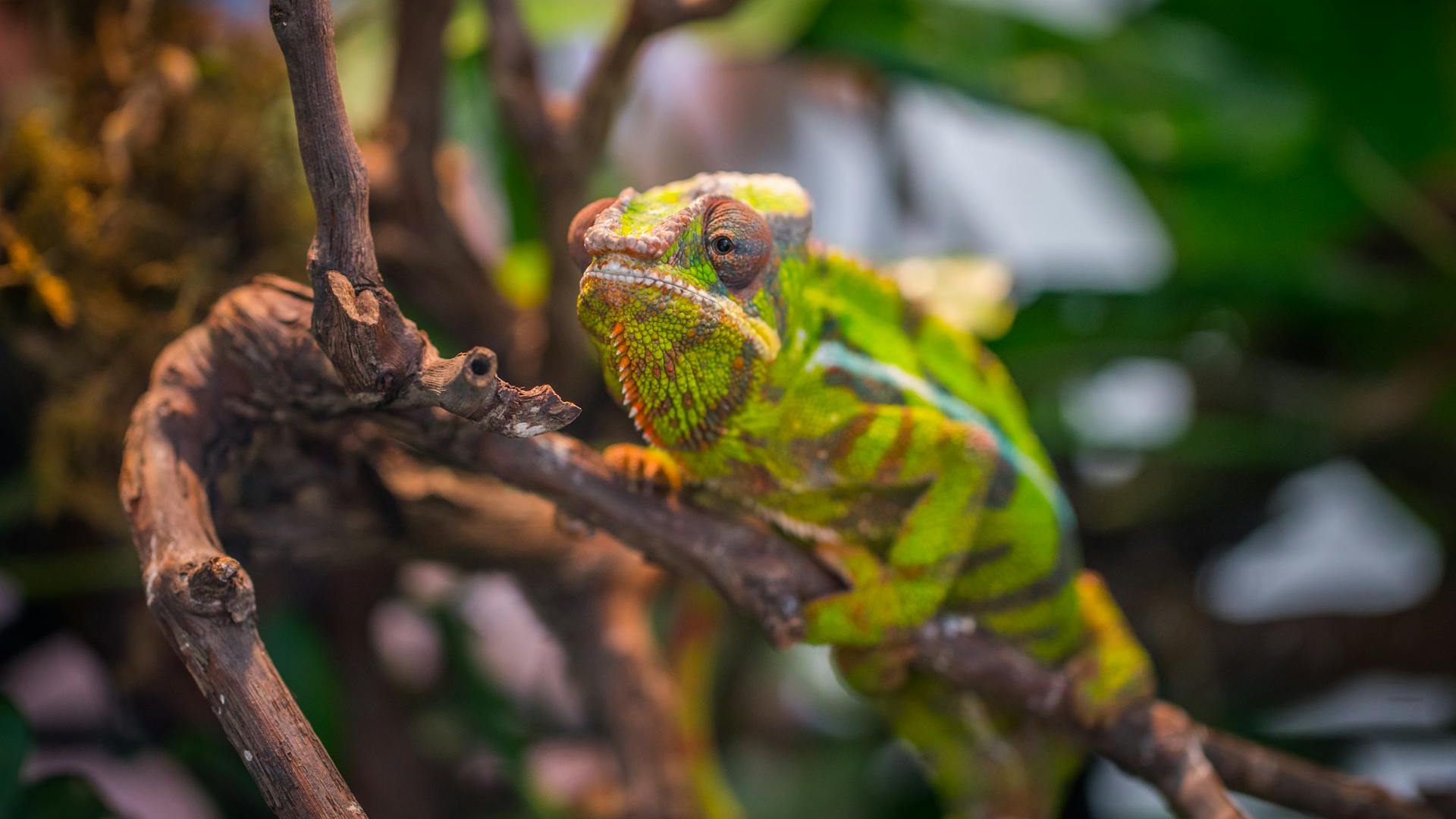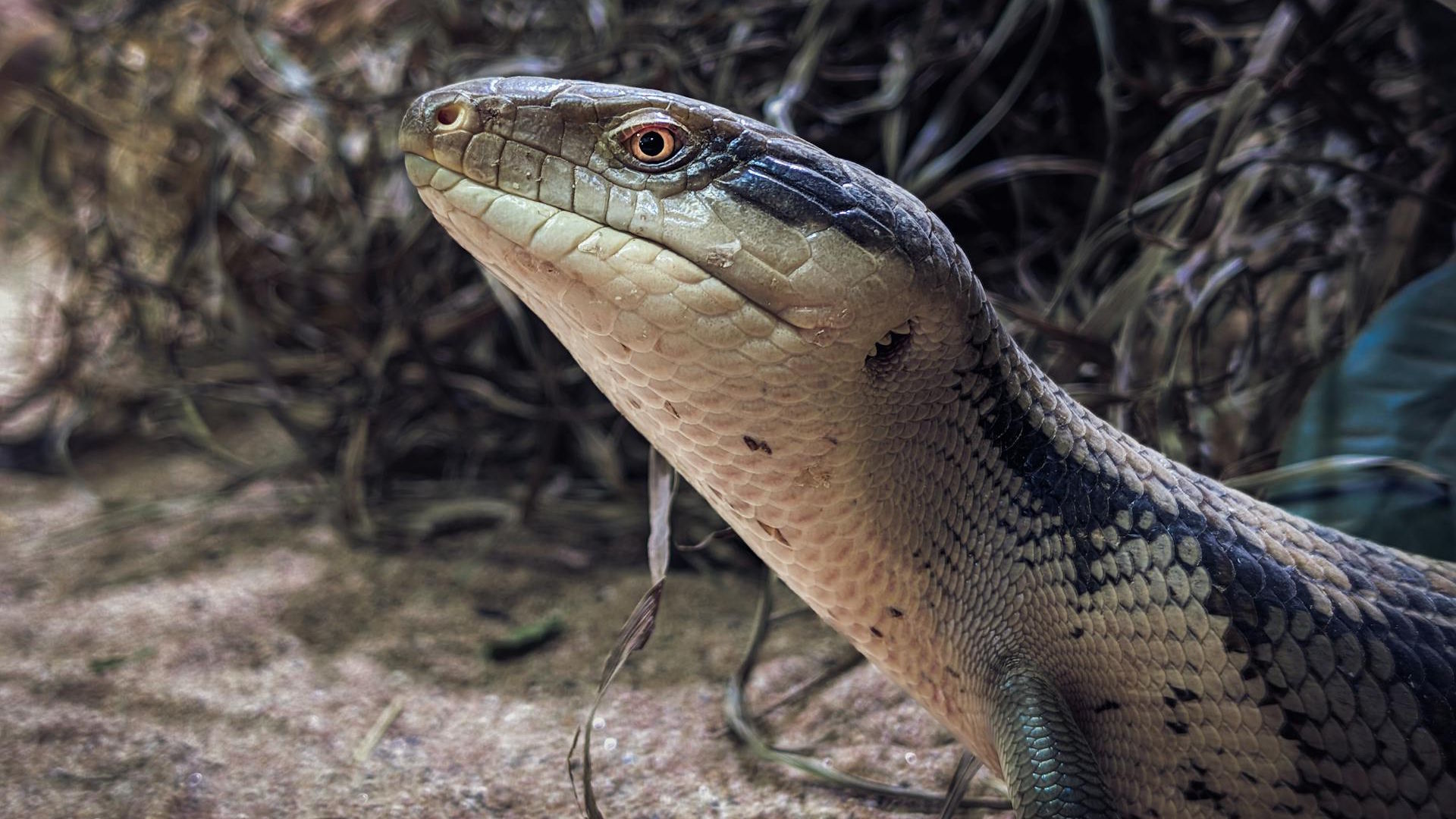Welcoming a lizard into your home can be a rewarding experience for first-time reptile enthusiasts. These fascinating creatures offer a unique pet ownership experience that differs significantly from traditional furry companions. While some lizard species require complex care and specialized knowledge, many others are remarkably adaptable to captivity and forgiving of novice mistakes. The key to successful lizard ownership lies in selecting the right species that matches your experience level, available space, and commitment to care. This guide will introduce you to the most suitable lizard species for beginners, highlighting their unique characteristics, care requirements, and the joys they bring as pets.
Leopard Geckos: The Perfect Starter Lizard

Leopard geckos (Eublepharis macularius) have earned their reputation as the quintessential beginner lizard for numerous compelling reasons. Their manageable size—typically 8-10 inches when fully grown—makes them ideal for keepers with limited space. Unlike many reptiles, leopard geckos are naturally docile and generally tolerate handling well once acclimated to their owner. Their care requirements are straightforward, with simple habitat needs including a 20-gallon tank, appropriate heating, and a diet of commercially available insects like crickets and mealworms. Perhaps most appealing to novice owners is their longevity; with proper care, these captivating geckos can live 15-20 years, making them long-term companions rather than short-lived novelties.
Bearded Dragons: Friendly and Interactive

Bearded dragons (Pogona vitticeps) have skyrocketed in popularity among beginning reptile enthusiasts due to their remarkably social nature and expressive personalities. These medium-sized lizards—reaching 18-24 inches in length—are known for forming genuine bonds with their caretakers, often recognizing them and displaying excitement during interactions. Their omnivorous diet, consisting of commercially available insects and readily accessible vegetables, makes feeding straightforward and economical. Bearded dragons thrive in spacious enclosures with proper temperature gradients, requiring a 40-gallon tank minimum for adults. Their diurnal nature aligns with human schedules, making them active and observable during daylight hours when owners are most likely to enjoy their antics.
Crested Geckos: Low Maintenance Night Owls

Crested geckos (Correlophus ciliatus) represent an excellent entry point for beginners seeking a low-maintenance reptilian companion. These arboreal geckos, rediscovered in 1994 after being thought extinct, require no specialized lighting equipment, drastically simplifying their care compared to many other lizard species. Their primary dietary needs can be met with commercially prepared powder diets that simply mix with water, eliminating the need for constant live food sourcing. Crested geckos thrive in room temperature environments between 72-78°F, making elaborate heating setups unnecessary in most homes. Their nocturnal nature means they become most active during evening hours, making them perfect companions for owners who work traditional daytime schedules.
Blue-Tongued Skinks: Gentle Giants

Blue-tongued skinks (Tiliqua species) offer beginners the experience of keeping a larger lizard without the challenges associated with many other big reptiles. These robust lizards, reaching 18-24 inches in length, are renowned for their docile temperaments and tolerance for regular handling when properly socialized. Unlike many reptiles, blue-tongued skinks are omnivorous with a diet that closely resembles human food—they readily consume fruits, vegetables, and protein sources like high-quality dog food, making feeding straightforward and accessible. Their ground-dwelling nature means they don’t require complex climbing structures, instead thriving in simple, spacious enclosures with proper substrate for burrowing. With lifespans of 15-20 years in captivity, they represent a long-term commitment that rewards owners with years of companionship.
Uromastyx: Desert Dwellers with Personality

Uromastyx lizards (Uromastyx species) present a fascinating option for beginners drawn to desert species but wary of the challenges associated with some arid-adapted reptiles. These herbivorous lizards require no live feeding whatsoever, thriving instead on a diet of leafy greens, vegetables, and occasional seeds and lentils. Their specialized physiology allows them to derive all necessary hydration from their food, eliminating the need for water dishes that can increase enclosure humidity. Uromastyx require intense UVB lighting and hot basking spots (120-130°F), but their overall care regimen remains straightforward with proper education. These social lizards often develop distinct personalities, with many individuals becoming remarkably tame and interactive with consistent, gentle handling.
Ackie Monitors: Active and Intelligent

Ackie monitors (Varanus acanthurus) represent an excellent entry point for beginners interested in monitor lizards, a family typically associated with advanced keepers. At a manageable size of 24-30 inches including their long tail, Ackies offer the fascinating monitor behaviors and intelligence without the immense space requirements of their larger relatives. These active lizards require spacious enclosures with both horizontal and vertical space for exploration, ideally with at least 4x2x2 feet dimensions for adults. Their diet consists primarily of insects like crickets, roaches, and superworms, supplemented occasionally with pre-killed pinky mice for adults. What truly sets Ackie monitors apart is their remarkable intelligence; many owners report these lizards recognizing them, responding to basic training, and demonstrating problem-solving abilities uncommon in the reptile world.
Chinese Water Dragons: Aquatic Beauties

Chinese water dragons (Physignathus cocincinus) offer beginners the opportunity to care for a strikingly beautiful, semi-aquatic species that brings a tropical feel to any home. These emerald-green lizards require tall enclosures with branches for climbing and a large water area for swimming, creating a dynamic and visually appealing habitat. Their omnivorous diet includes a variety of insects, pre-killed pinky mice, and assorted fruits and vegetables, providing nutritional variety that helps maintain their vibrant coloration. While they do require higher humidity levels (70-80%) than some other beginner species, this can be achieved through regular misting and proper enclosure design. Water dragons can grow to impressive sizes of 2-3 feet including their long tails, and with proper socialization, many become remarkably tame companions that actively seek interaction with their keepers.
Understanding Habitat Requirements

Creating an appropriate habitat forms the foundation of successful lizard keeping, regardless of which beginner-friendly species you choose. Each species requires specific temperature gradients, with most needing a warm basking area (typically 90-100°F depending on species) and a cooler retreat area, allowing the animal to thermoregulate naturally. Humidity requirements vary dramatically between species, from desert-dwelling bearded dragons requiring just 30-40% humidity to tropical crested geckos needing 60-80% for proper shedding and respiratory health. Substrate choices should reflect the lizard’s natural habitat—sand mixes for desert species, coconut-based bedding for tropical species, and paper towels or reptile carpet for species prone to impaction. Properly sized enclosures are crucial, with most adult beginner species requiring a minimum of 20-40 gallons, though larger is always better when space permits.
Nutrition and Feeding Considerations
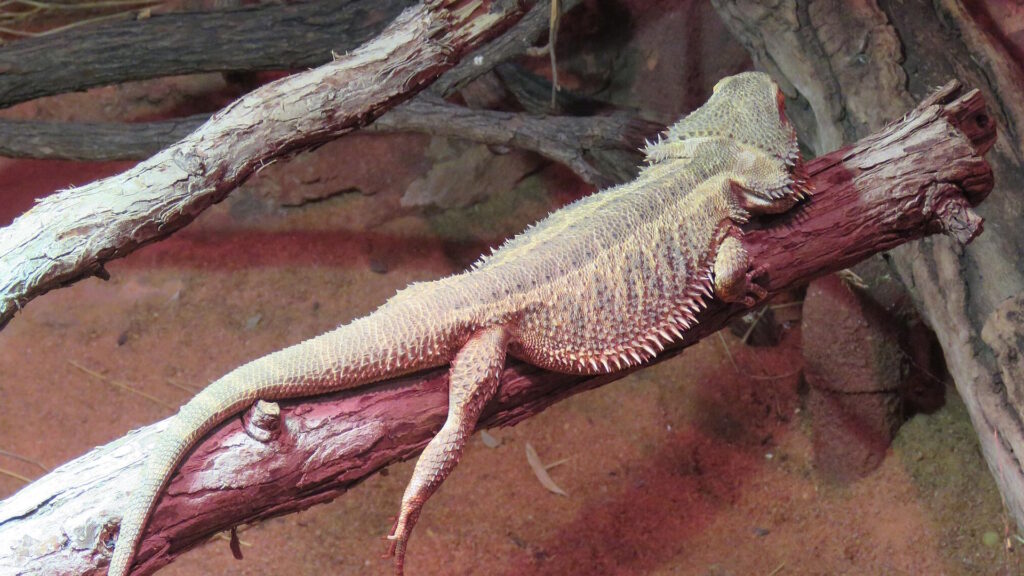
Proper nutrition represents one of the most crucial aspects of reptile husbandry, with dietary requirements varying significantly between beginner-friendly species. Insectivorous species like leopard geckos require gut-loaded (pre-fed) insects dusted with calcium and vitamin supplements to prevent metabolic bone disease, a common condition in captive reptiles. Omnivorous species such as bearded dragons and blue-tongued skinks need balanced diets of insects, vegetables, and fruits in proportions that change as the animal matures from juvenile to adult. Herbivorous species like uromastyx require diverse plant matter including calcium-rich greens, vegetables, and limited amounts of seeds and legumes. Establishing a regular feeding schedule appropriate to the species and age—daily for growing juveniles, less frequent for adults—helps maintain proper weight and metabolic health over the lizard’s lifespan.
Health Monitoring for Beginners
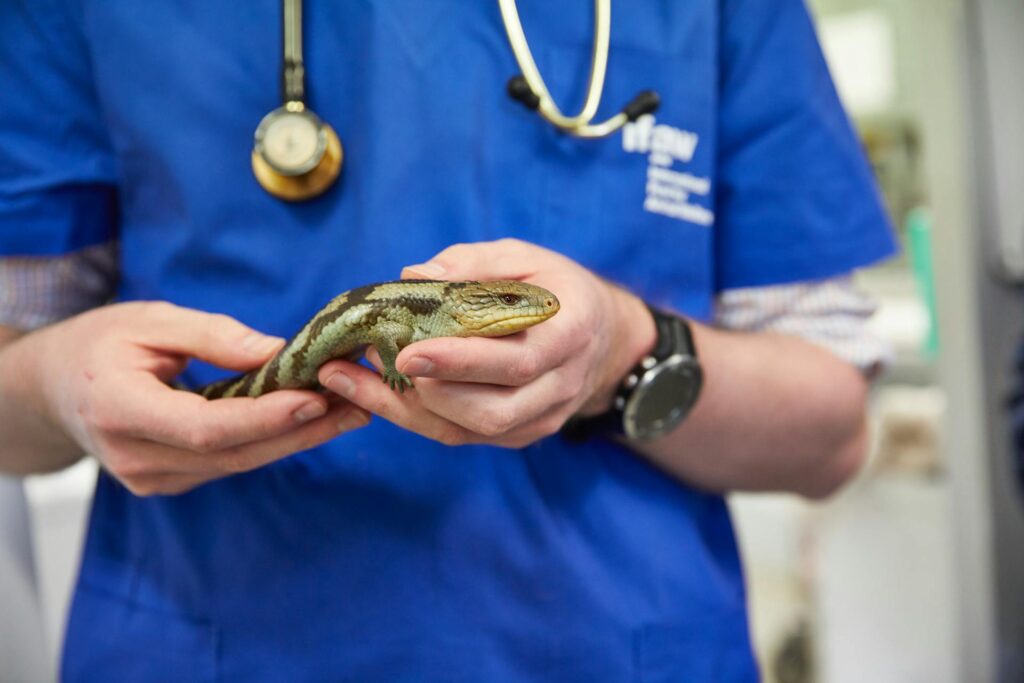
Learning to recognize signs of health and illness represents an essential skill for novice lizard owners confronting the challenge of caring for animals that cannot vocalize discomfort. Regular weight monitoring provides objective data on your lizard’s condition, with unexplained weight loss often serving as the first indicator of underlying health issues. Physical examination should become routine, checking for clear eyes, proper shedding patterns, alert behavior, and normal fecal output—changes in any of these can signal developing problems. Respiratory infections, manifesting as wheezing, bubbling around nostrils, or open-mouth breathing, require immediate veterinary attention and often indicate inappropriate humidity levels or temperature gradients. Finding an exotic veterinarian with reptile experience before issues arise ensures quick access to professional care when needed, as many general practice veterinarians lack specialized reptile knowledge.
Handling and Socialization Techniques
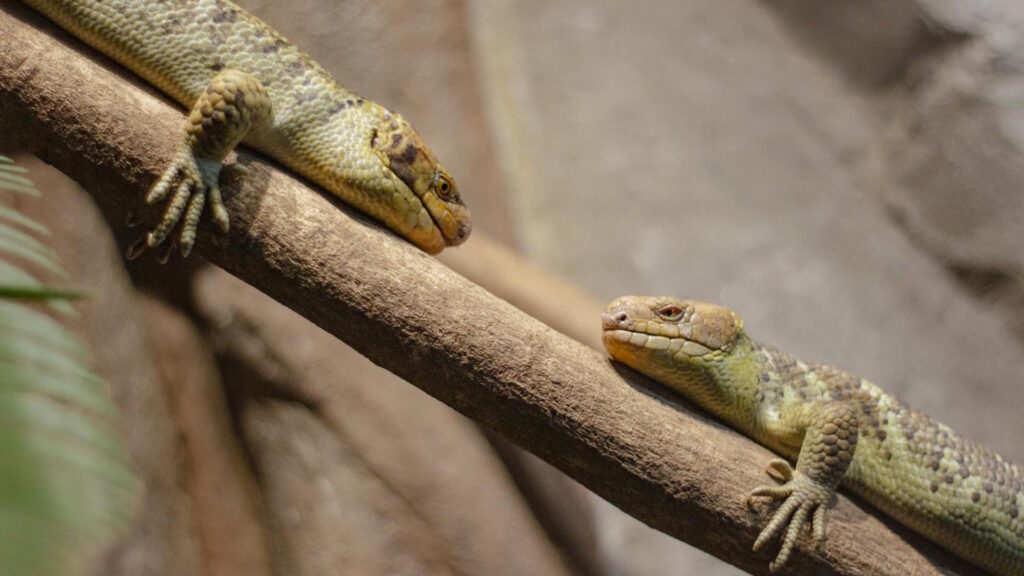
Developing a trusting relationship with your lizard requires patience, consistency, and respect for the animal’s natural behavior patterns. Initial handling sessions should be brief—just 5-10 minutes—gradually increasing duration as the lizard shows signs of comfort rather than stress. Supporting your lizard’s entire body, particularly its legs and tail, prevents the animal from feeling insecure and resorting to defensive behaviors. Hand-feeding with appropriate tools can accelerate the bonding process, creating positive associations between your presence and rewarding experiences. Recognizing stress signals—rapid breathing, darkened coloration, closed eyes, or defensive posturing—indicates when handling should cease, respecting the animal’s communication about its comfort levels. Remember that even the most beginner-friendly species require an acclimation period in their new environment before handling attempts, typically at least 1-2 weeks of minimal disturbance.
Common Beginner Mistakes to Avoid
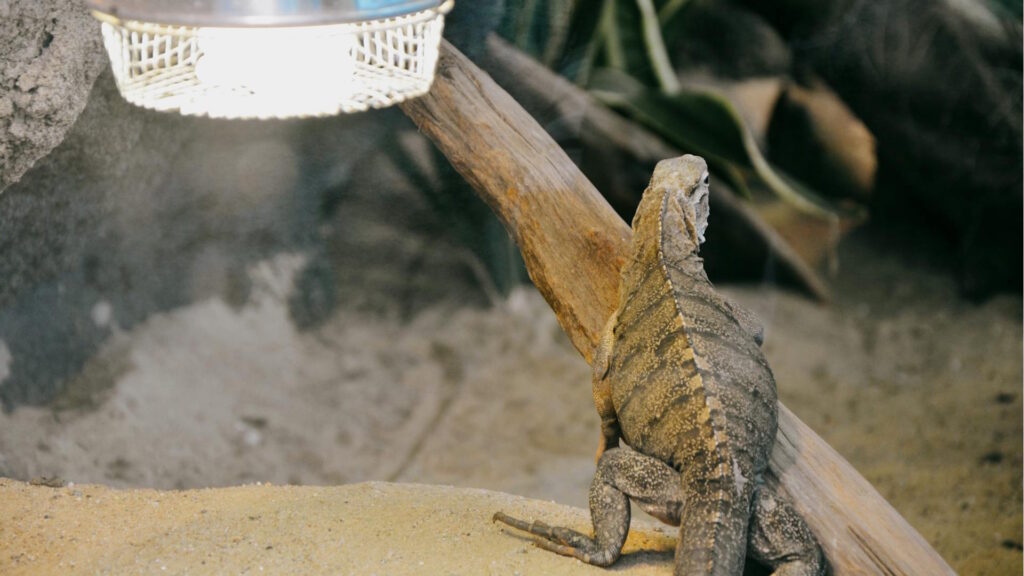
New lizard owners frequently encounter preventable challenges that can impact their pets’ wellbeing and their own enjoyment of the hobby. Inadequate research before acquisition leads many beginners to underestimate space requirements, resulting in stunted growth or stress behaviors in lizards housed in too-small enclosures. Cohabitation of multiple lizards often creates territorial disputes and asymmetrical resource access, even in supposedly communal species, making single-housing the safest approach for novices. Insufficient lighting, particularly inadequate UVB provision for diurnal species, creates long-term health complications including metabolic bone disease that may not manifest until irreversible damage has occurred. Overfeeding represents another common pitfall, particularly with insectivorous species, leading to obesity and associated health complications that reduce quality of life and longevity.
Long-Term Commitment Considerations

Prospective lizard owners must thoughtfully evaluate their ability to provide care throughout the animal’s entire natural lifespan before bringing one home. Many beginner-friendly species live 10-20 years with proper care, representing a significant time commitment that spans major life changes including education completion, career development, relationships, and possibly relocations. Financial planning should account for ongoing expenses including food, substrate, replacement heating and lighting elements, as well as emergency veterinary care which typically starts at $100-200 per visit for exotic species. Arranging contingency care during vacations or emergencies presents another essential consideration, as finding qualified reptile sitters often proves more challenging than securing care for traditional pets. Responsible ownership includes developing a rehoming plan should circumstances make continued care impossible, ideally involving connections with local herpetological societies or rescue organizations.
Conclusion: Finding Your Perfect Scaly Companion
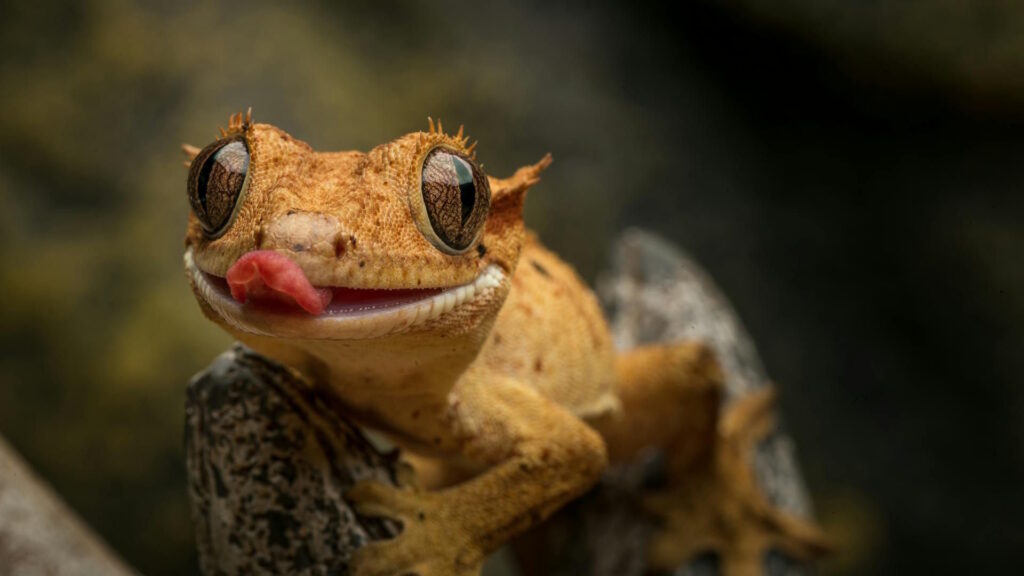
Selecting the ideal beginner lizard involves honest assessment of your lifestyle, commitment level, and the specific traits you find most appealing in reptilian companions. While this guide presents several excellent starter species, each offers a unique ownership experience—from the handleable and personable bearded dragon to the low-maintenance crested gecko. Before making your final decision, consider visiting reptile expos or specialty stores to observe different species in person, asking experienced keepers about daily care routines and long-term challenges. Remember that responsible ownership begins with thorough preparation; acquiring proper housing and equipment before bringing your new pet home ensures a smooth transition. With careful species selection, proper preparation, and committed care, your journey into lizard keeping promises years of fascinating companionship with these remarkable evolutionary survivors.


